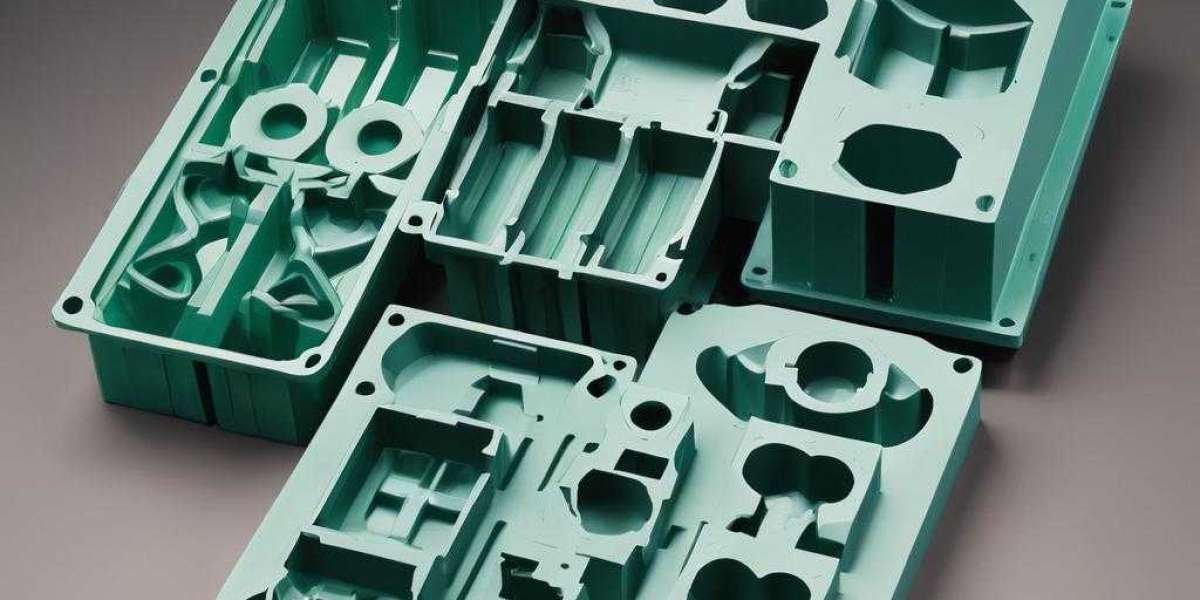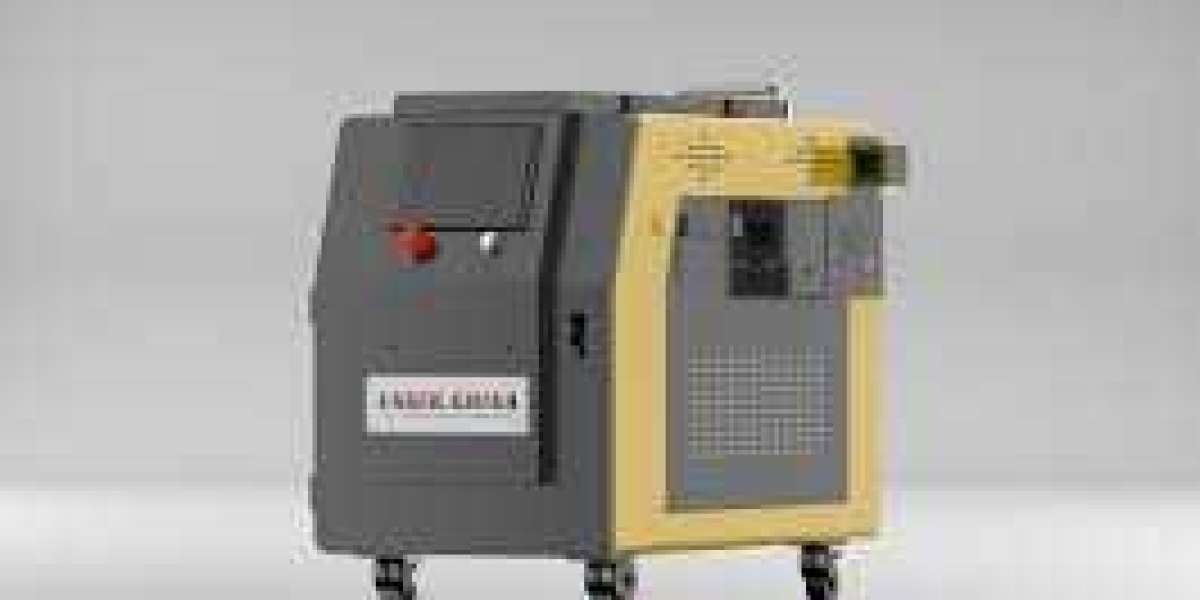Understanding Multi-Cavity Molds
Multi-cavity molds are an important tool in the manufacturing industry. They allow for the production of multiple parts simultaneously, increasing efficiency and productivity. Understanding the basics of multi-cavity molds is crucial when designing them for specific projects.
One key aspect to consider is the number of cavities required. The number of cavities in a mold depends on factors such as the production volume, part complexity, and available resources. It is important to strike a balance between maximizing production output and ensuring the mold can be efficiently managed and maintained.
Another consideration is the size and layout of the mold. The mold should be designed to accommodate all the required cavities while ensuring proper cooling and ejection of the parts. Proper venting is also important to prevent air traps and ensure the mold fills completely during the injection molding process.
Additionally, it is essential to consider the material properties and characteristics when designing multi-cavity molds. Certain materials may require specific mold design features, such as increased cooling channels or special surface finishes, to ensure optimal part quality and mold longevity.
By understanding the fundamentals of multi-cavity molds and considering factors such as cavity number, mold layout, and material properties, designers can create molds that optimize production efficiency and deliver high-quality parts.
Optimizing Mold Layout
The layout of the multi-cavity mold plays a crucial role in the overall efficiency and performance of the mold. Optimizing the mold layout involves considering factors such as part placement, runner system design, and cooling channel layout.
Proper part placement within the mold is essential to ensure balanced filling and uniform cooling of all cavities. The mold design should consider factors such as part size, shape, and gating location to achieve optimal part quality and minimize cycle time.
The runner system design also plays a vital role in multi-cavity mold optimization. The runner system distributes the molten material to the individual cavities and should be designed to minimize pressure drops and ensure equal flow to each cavity. Proper gating and runner sizing are crucial to avoid issues such as part defects and unbalanced filling.
Furthermore, the layout of cooling channels in the mold is critical for efficient heat dissipation and cycle time reduction. The cooling channels should be strategically placed to ensure uniform cooling of all cavities and minimize part warpage. The use of advanced cooling technologies, such as conformal cooling, can further enhance mold performance.
By carefully considering part placement, runner system design, and cooling channel layout, designers can optimize the mold layout and improve overall mold performance and productivity.
Balancing Cavities
Achieving balanced filling and packing of all cavities in a multi-cavity mold is crucial for consistent part quality and cycle time reduction.
Balancing cavities involves ensuring that each cavity receives the same amount of material and experiences similar cooling and packing conditions. This can be achieved through various techniques, such as the use of flow leaders, flow restrictors, and pressure regulators.
Properly balancing cavities helps prevent issues such as part weight variation, dimensional inconsistencies, and part defects. It also improves mold longevity by reducing wear and tear on individual cavities.
Designers should consider factors such as part geometry, material flow behavior, and mold layout when balancing cavities. Mold filling analysis and simulation tools can be employed to optimize cavity balancing and ensure optimal part quality and mold performance.
By prioritizing the balance of cavities in the mold design, manufacturers can achieve consistent and high-quality parts while maximizing production efficiency.
Material Selection
The selection of materials for multi-cavity molds is a critical consideration that can greatly impact part quality, mold performance, and production efficiency.
Different materials have varying properties and characteristics that need to be carefully evaluated when designing multi-cavity molds. Factors such as material shrinkage, thermal conductivity, and moldability should be considered to ensure optimal part quality and mold longevity.
Certain materials may require specific mold design features to accommodate their unique characteristics. For example, high-temperature materials may require increased cooling capabilities, while abrasive materials may necessitate the use of wear-resistant mold materials or coatings.
Additionally, material selection should also take into account factors such as cost, availability, and environmental considerations. By selecting the appropriate materials for multi-cavity molds, manufacturers can achieve reliable and efficient production processes.
It is crucial for designers to collaborate with material suppliers and conduct thorough material evaluations to make informed decisions about material selection for multi-cavity molds.
Maintenance and Quality Control
Proper maintenance and quality control are essential for the long-term performance and productivity of multi-cavity molds.
Regular maintenance routines should be established to ensure the mold is kept in optimal condition. This includes activities such as cleaning, lubrication, and inspection of mold components. Any signs of wear, damage, or degradation should be addressed promptly to prevent production issues and mold downtime.
Quality control measures should also be implemented to monitor the performance and consistency of the multi-cavity mold. This can involve regular part inspections, dimensional checks, and process monitoring. Any deviations or abnormalities should be identified and rectified to maintain part quality and prevent scrap or rework.
Furthermore, proper record-keeping and documentation of maintenance activities and quality control data are crucial for traceability and continuous improvement. Historical data can provide insights into mold performance trends and help identify areas for optimization and efficiency enhancement.
By prioritizing maintenance and quality control, manufacturers can ensure the longevity and reliability of their multi-cavity molds, leading to consistent part quality and improved production efficiency. Shop Now Candle Molds.



